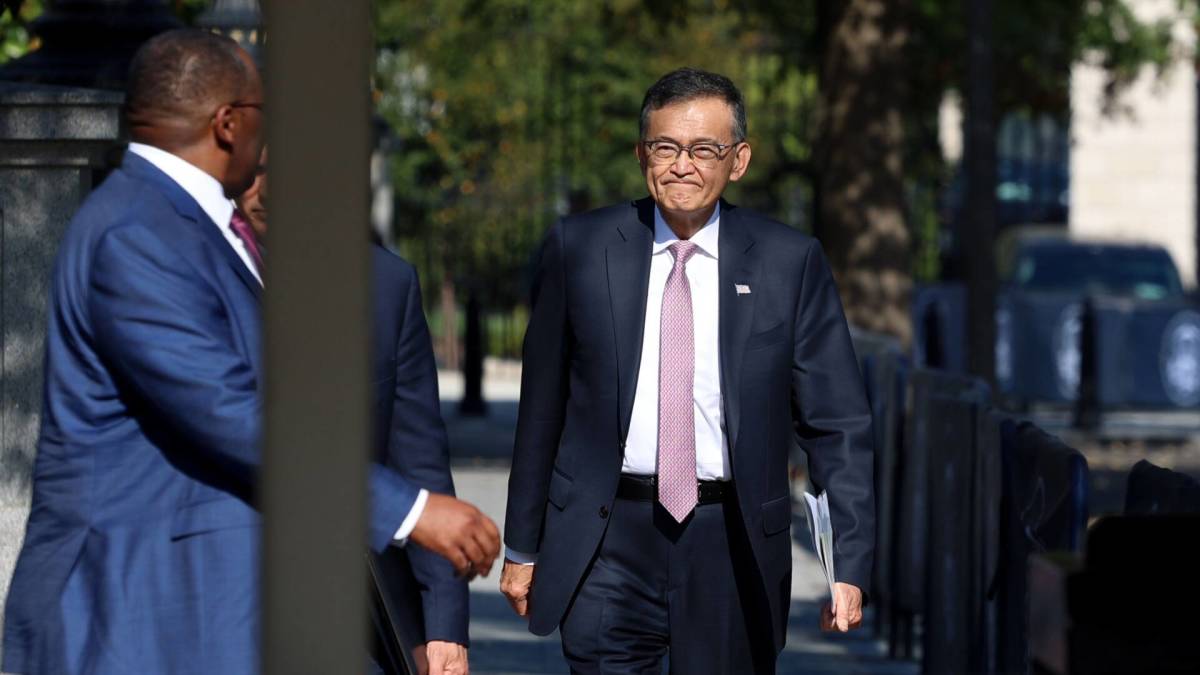In recent months, Intel (INTC) has been making drastic moves to repair its business, which has significantly underperformed compared to its top competitors in the tech industry.
Its lack of innovation in its chip manufacturing processes has allowed competitors such as Nvidia (NVDA) , IBM and AMD to lead the industry, putting a dent in Intel’s profits.
In the company’s latest earnings report, Intel revealed that it suffered a net income loss of $2.9 billion during the second quarter of this year, which is higher than the $1.6 billion loss it faced during the same quarter the year before. To make matters worse, the company’s revenue also remained flat year over year.
“Twenty, 30 years ago, we are really the leader,” said Intel CEO Lip-Bu Tan during a conversation broadcast to employees in July. “Now I think the world has changed. We are not in the top 10 semiconductor companies.”
In April, Tan revealed his plan to “fundamentally transform” Intel’s operations. This plan involves simplifying the company’s business practices and driving “transparency and accountability” across the company.
Intel has since conducted massive layoffs. It aims to shrink its workforce by 15% by the end of the year, cutting roughly 25,000 jobs. By the end of 2025, Intel will have roughly 75,000 employees.
In addition to job cuts, the company implemented a return-to-office mandate, requiring employees to work from the office four days a week. It also recently shut down its automotive business.

Image source: Bloomberg/Getty Images
Intel’s comeback plan takes unexpected turn
As the company doubles down on its turnaround plan, Intel is quietly seeking an investment from Apple to help it get back on track, according to a recent report from Bloomberg.
Intel and Apple (AAPL) have reportedly been in talks on working more closely together; however, these discussions are in the early stages and may not result in an agreement.
After using Intel’s chips for about 15 years, Apple began transitioning to using its own M1 chip for its Mac computers in 2020. Apple claims its chips perform better and have a longer battery life than Intel’s.
Related: Intel quietly pulls back major employee commitment amid troubles
Apple completed this transition in 2023 when it added its own chip to its Mac Pro, which was the last remaining Intel-based model.
Intel has also reportedly contacted other companies about possible investments and partnerships.
Intel bets big on partnerships to fix business woes
The move from Intel comes after the Trump administration invested $8.9 billion in Intel common stock last month, giving the U.S. government a 10% stake in the company.
“President Trump’s focus on U.S. chip manufacturing is driving historic investments in a vital industry that is integral to the country’s economic and national security,” said Tan in an Aug. 22 press release. “We are grateful for the confidence the President and the Administration have placed in Intel, and we look forward to working to advance U.S. technology and manufacturing leadership.”
More Labor:
- Intel quietly pulls back major employee commitment amid troubles
- Google quietly doubles down on a controversial workplace trend
- Samsung cracks down on an alarming workplace problem
Earlier this month, Nvidia also shared plans to invest $5 billion in Intel so that both companies can develop PC and “multiple generations of custom data center” products, according to a press release.
“This historic collaboration tightly couples NVIDIA’s AI and accelerated computing stack with Intel’s CPUs and the vast x86 ecosystem — a fusion of two world-class platforms,” said Nvidia CEO Jensen Huang in the press release. “Together, we will expand our ecosystems and lay the foundation for the next era of computing.”
Stifel analyst Ruben Roy told Trip Ranks in a recent interview that this partnership will allow Intel to “directly participate in higher-density rack-scale AI infrastructure,” which has been a weak spot for the company. The deal will also help it improve its Foundry business, which focuses on manufacturing chips for other companies.
“For Intel, we view the collaboration with NVIDIA as yet another in a string of recent catalysts to the company’s multi-year recovery story, not because it improves Foundry performance, but because it helps reassure investors that product sales should rise and that there is now a longer-tailed potential to see NVIDIA as a Foundry customer, should execution deliver,” said Roy.
Related: Comcast plans harsh wake-up call for employees as customers flee
#Intel #quietly #aggressive #move #repair #failures